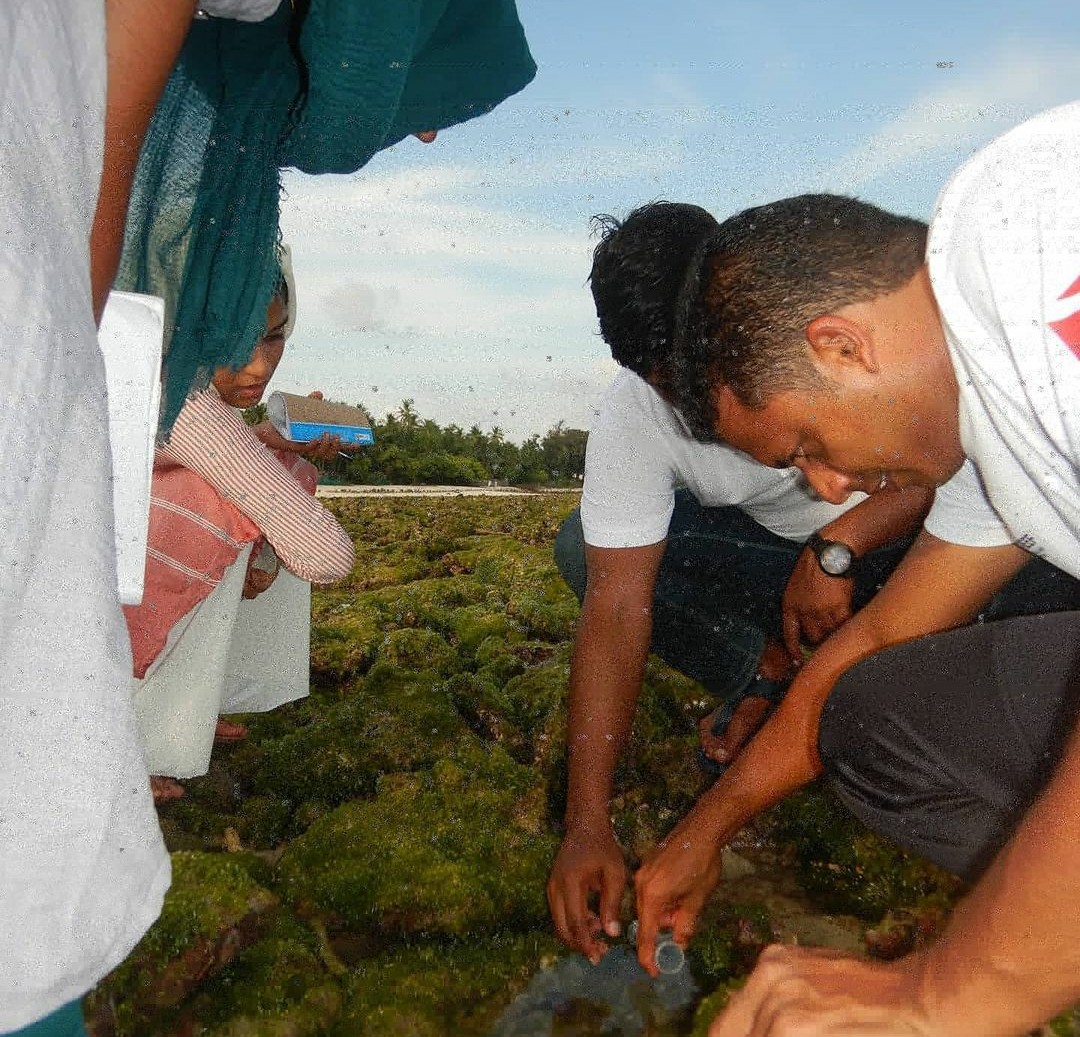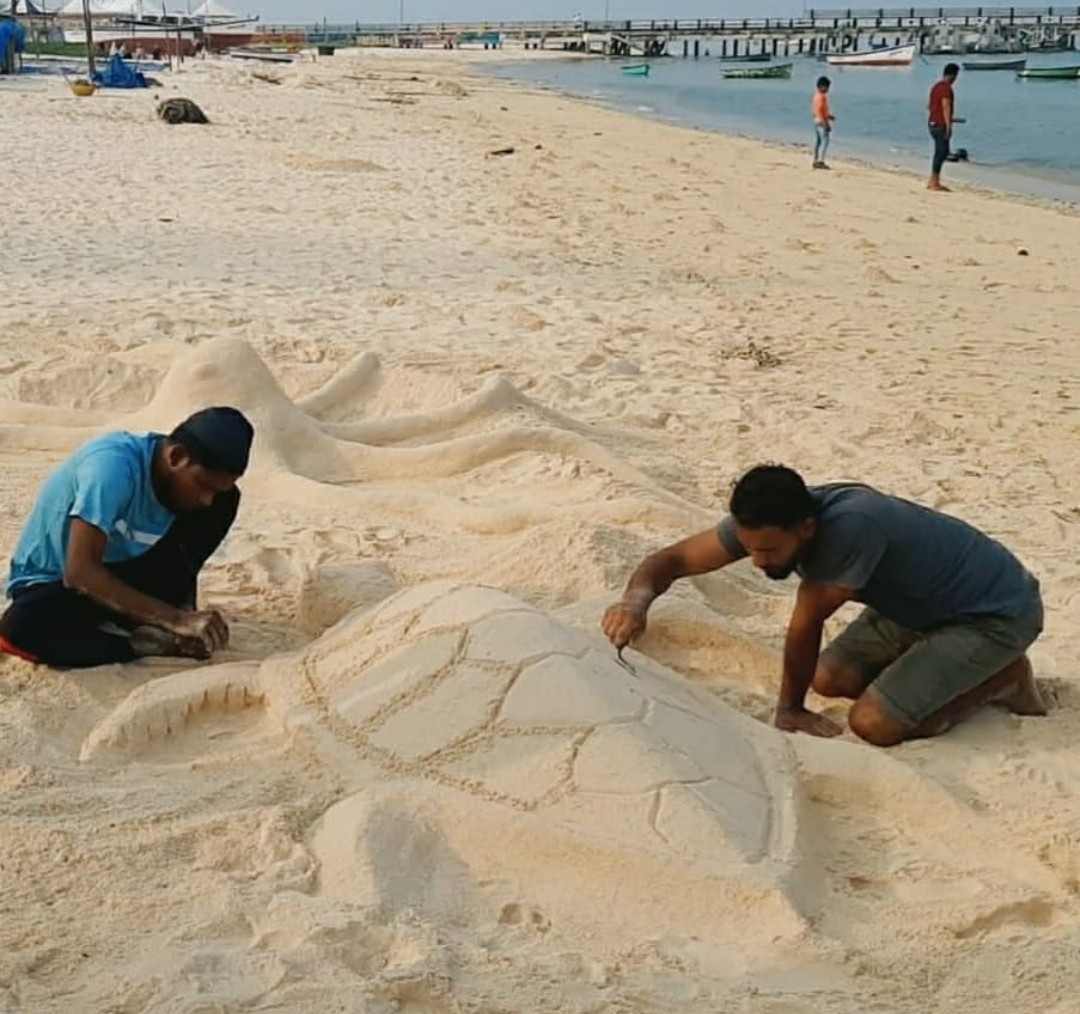


Our Research on Microplastics
It is a discerning fact of diving, every dive is a clean up dive when you are a Scuba diver, especially with Ocean School where we actively encourage our researchers, students and diving members to pick up any trash or ocean debris that they might find on a dive expedition.
Ocean School urges certified divers to join us and asisst retrieve marine debris, gather, report data on the types of ocean waste and quantities of the trash collected in order to analyse the segregated waste source.
Our localized reseach and reporting improves the knowledge of the ocean’s ecosystem but also helps educate people from the area, and the data provides valuable information about underwater plastic garbage to help identify the source and infuture enforce policy change for a sustainable ocean.
We are working on the beaches and Ocean depths keeping the study of Microplastics in focus. This area remains in its early stages, but we expect developments, particularly in collection, size demarcation, alalysis, process optimisation, to be made as the field gathers momentum.
Microplastics are defined as anything synthetic smaller than 5 millimeters but bigger than 1 micron, which is 1/1000th of a millimeter. Microplastics form when larger pieces of plastics break down into smaller particles, or when tiny, microscopic fibers detach from polyester fabrics or synthetic fishing gear.
Given the worlds diverse plastic use, a one-solution-fits-all approach is not entirely feasible. Therefore diverse and tailored educational strategies are needed for both existing and new emerging plastics through our dives.
Past global research has indicated that 5.25 trillion plastic pieces are floating in the ocean, but a new study says that there are 2.5 to 10 times more microplastics in the ocean than previously thought, while another recent study found that microplastic “hotspots” could hold 1.9 million pieces per square meter.
Other emerging research the world over suggests that 136,000 tons of microplastics in the ocean are being released into the atmosphere each year, and blowing back onto land with the sea breeze, posing a risk to human health.
Microplastics are not only ingested by marine creatures but also present in drinking water, and edible fruits and vegetables, according to new research, which means that humans are ingesting microplastics almost every day.
Our educational modules work on communicating with the participants and community to stop using unwanted plastic and manage plastic waste mindfully, and adopt biodegradable/ new plastic alternates.
